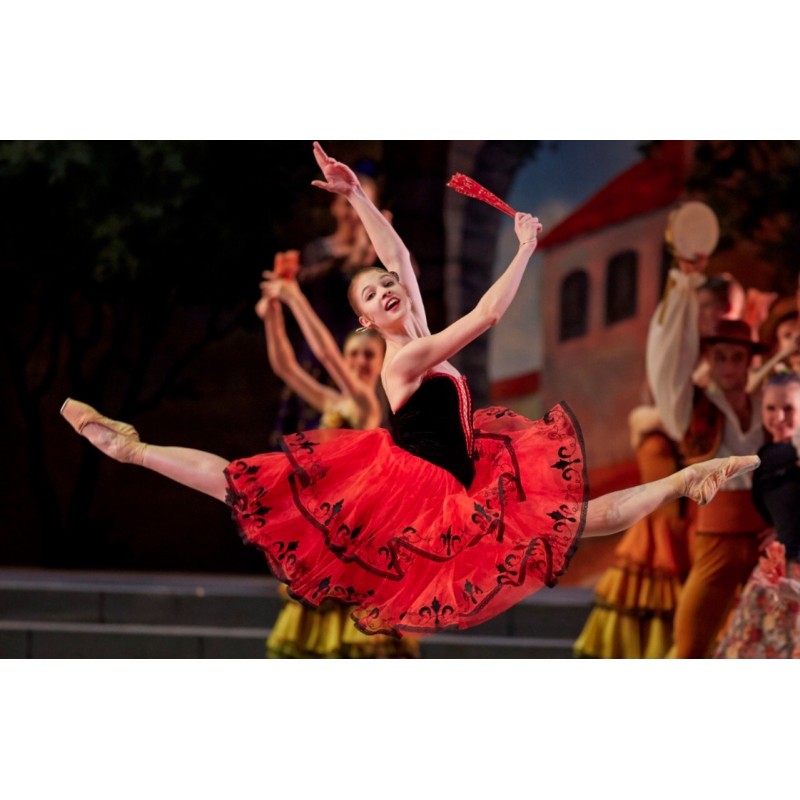Kitri Act 3 Variation Analysis
“Don Quixote” choreographed by M. Petipa, which continues to be performed by world-famous operas even today, is a work that can identify the Spanish spirit with ballet. “Kitri”, one of the famous leading characters of the ballet Don Quixote, represents the warmth and flair of the Spanish woman with the technique and facial expressions of the virtuoso dancer. We watch the dance of Kitri, who finally got married to Basil in the 3rd variation of Kitri, which is also known as the Fan/Fan variation with its other names. The object that makes this very short dance special and famous is the fan. Besides the technique, the fan has to open smoothly, close softly and not be held in a vise grip. There should be a line of the fan and arms when looking at the dancer. Kirk Peterson, the ballet master of the American Ballet Theater and the ABT coach of the ballet Don Quixote, said about this dance that the Fan is a part of Kitri's character and that it reflects Kitri's expression. In addition to mise-en-scene, “Speed” is also very important for this dance. The harp solo is fluid, so skipping even half a second from the music can be a big problem.
Pas de bourré suivi must flow from one end of the stage to the other and be done before the legs get lazy and all this with the tempo throughout the dance.
Also, the music of this variation bears peculiar resemblances to the harp variation created for the celebration of the coronation of Tsar Alexander III. Even though the harp variation in question, Queen of Day, was apparently composed for the ballet Don Quixote, its later addition to the piece has been the subject of controversy in later years. According to Yuri Burlaka, this variation comes from Roxana, the Beauty of Montenegro.

